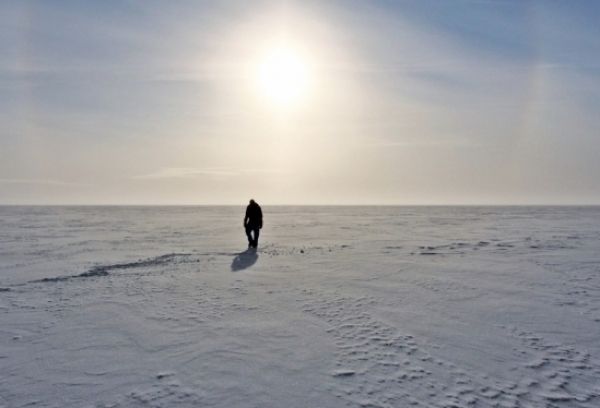Every year, the global climate transports billions of tons of dust around the world. These aerosols play a key role in many of Earth’s geological and biological cycles.
For instance, wind blows millions of tons of dust from the Sahara Desert across the Atlantic Ocean, where it fertilizes the Amazon Rainforest. The collective action of billions of trees pumping water from the ground then generates its own weather pattern, affecting the whole of South America.
When climate scientist Bradley Markle, at UC Santa Barbara’s Earth Research Institute, spotted a correlation between the ratios of heavy molecules and the concentration of particulate matter in the Antarctic ice cores he was studying, he immediately set out to uncover the deeper connection. His findings appear in the journal Nature Geoscience.
Continue reading at University of California Santa Barbara
Image via Bradley Markle, University of California Santa Barbara


